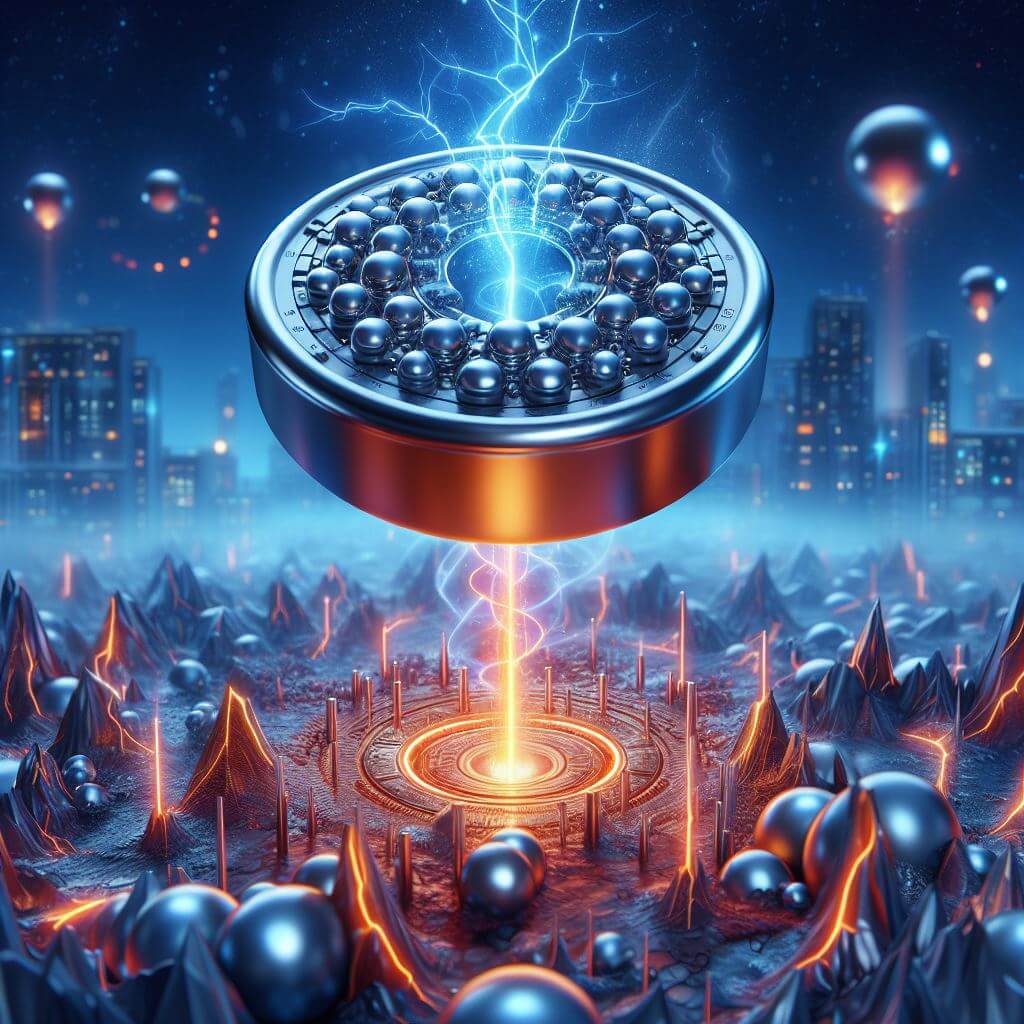Explore the fascinating world of superconductors, from their emergence at ultra-low temperatures to their potential to revolutionize technology. Learn about the evolution of superconductors through history, discover the best metal superconductors and their critical transition temperatures, and delve into the potential applications that could transform our daily lives.

Superconductors appear to be ordinary materials, but when the temperature drops, their superpowers emerge.
Superconductors are metals (e.g., lead) or oxides that conduct electricity with zero resistance. However, for them to exhibit their superpowers, they need to be kept at temperatures around -265 degrees Celsius or colder. If you were to look inside a piece of lead, you would see ions arranged in orderly rows among the electrons. The conductors of electricity are these loose electrons. By setting them in motion, you can generate an electric current. At room temperature, lead ions vibrate wildly. From the perspective of electrons, it’s like navigating through a crowded dance floor without spilling your drink, dodging collisions with other dancers. The constant collisions between electrons and ions convert electrical energy into heat. This is called resistance.
But if you lower the temperature by a few hundred degrees, ion vibrations decrease, and a stable lattice forms. In this case, as electrons flow, another effect comes into play: distortions in the lattice force electrons to pair up. These unexpected pairings trigger a strange quantum physics phenomenon: Inside the material, electron pairs come together to form a cluster that moves perfectly synchronized (like a school of fish) without any collisions. Consequently, no resistance is encountered.
Thanks to this astonishing property, superconductors can carry large currents without overheating. This enables the creation of extremely powerful electromagnets used in MRI machines, supercomputers, particle accelerators like the Large Hadron Collider, and maglev trains.
Evolution of Superconductors
To see how much superconductors have evolved over the past century, let’s embark on a journey through history.
Absolute Zero (1911): Dutch physicist Heike Kamerlingh Onnes and his team created temperatures just above absolute zero and discovered that mercury is a good superconductor.
Levitation (1933): Meissner and Ochsenfeld discovered the “Meissner effect,” which allows superconductors to repel magnetic fields and cause magnets to levitate.
The London Brothers (1935): Fritz and Heinz London paved the way for superconductor theory by demonstrating that zero resistance and the Meissner effect stem from the same phenomenon.
BCS (1957): Bardeen, Cooper, and Schrieffer developed the BCS theory of superconductivity, explaining electron pairing, for which they won the Nobel Prize.
The Hot Issue (1986): Bednorz and Müller discovered the first “high-temperature” superconductor that could operate at -243.15 degrees Celsius.
Even Hotter (2020): A metallic compound consisting of hydrogen, carbon, and sulfur exhibited superconductivity at 15 degrees Celsius under extreme pressure.

Best Metal Superconductors
Below, you can see the best metal superconductors and their critical transition temperatures (the point at which they need to be cooled to become superconducting).
- Lead: 7.196 Kelvin
- Lanthanum: 4.88 Kelvin
- Tantalum: 4.47 Kelvin
- Mercury: 4.15 Kelvin
- Tin: 3.72 Kelvin
Superconductivity Potential
Despite their impressive capabilities, most current superconducting technologies remain confined to laboratories because they require bulky, high-energy-consumption, and expensive cooling systems to operate. Scientists are striving to create a superconductor that could revolutionize our daily lives by functioning at room temperature and pressure. For instance, affordable and portable MRI machines could enhance the healthcare sector, while high-speed maglev trains could shorten travel times.
Renewing our inefficient power grids with superconducting cables could lower our electricity bills. Additionally, enhancing the energy transmission efficiency of renewable energy sources such as wind farms, typically located in rural areas, could be achieved. Finally, the production of smaller and faster computers could be enabled through superconductor-enabled electronic circuits. Physicists have managed to create superconducting materials that operate at 15 degrees Celsius, but these require extremely high pressures, close to those found at the Earth’s core, to function. Many scientists believe that truly room-temperature superconductors are possible. The challenge lies in discovering them and making them usable in new technologies.